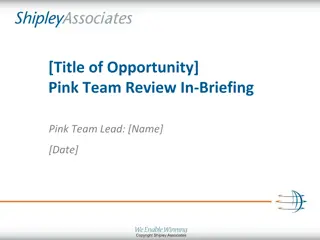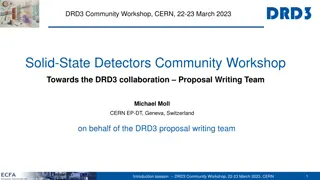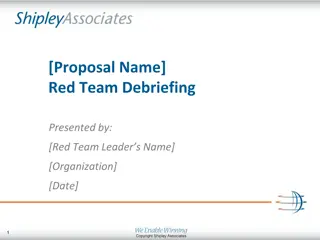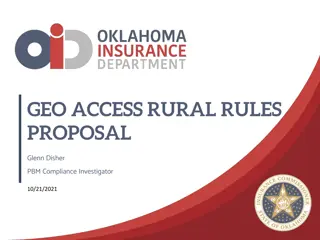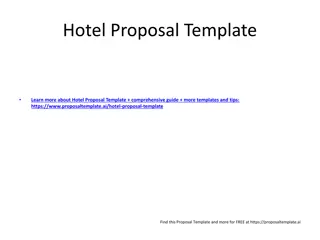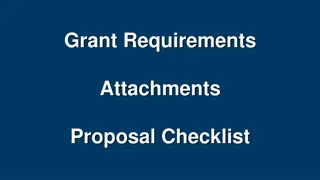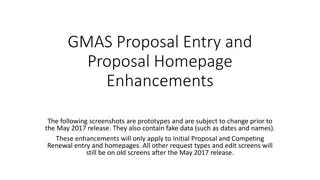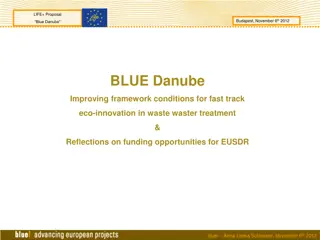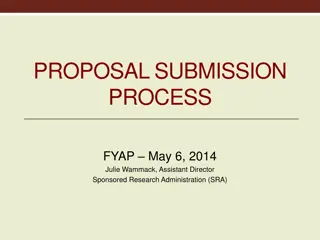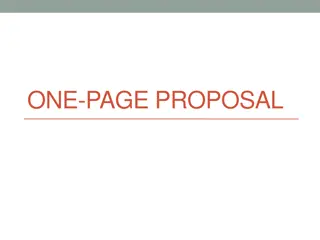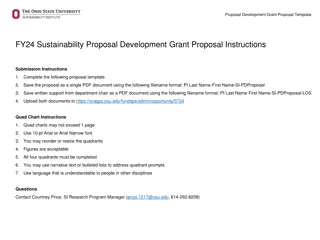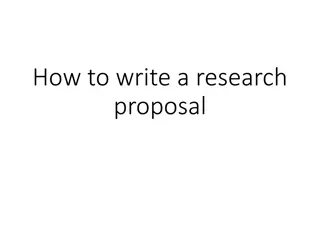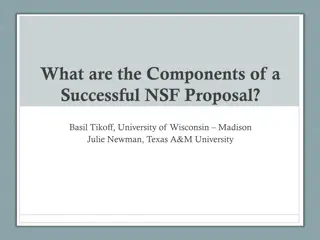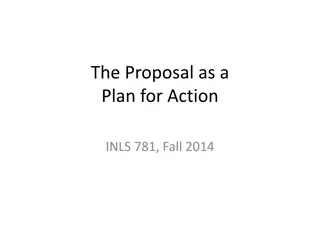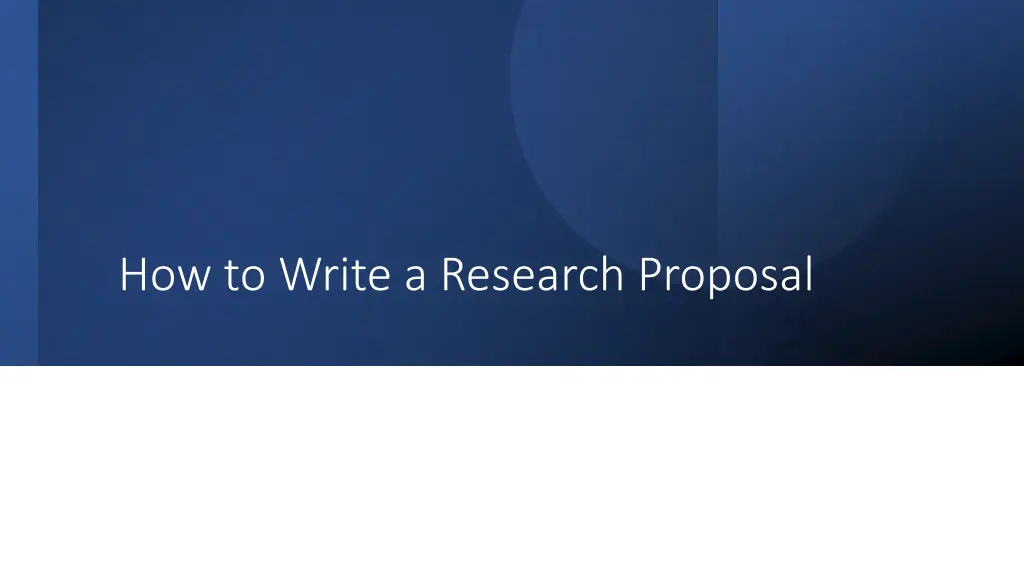
Crafting Effective Research Proposals for Lab Projects
Learn how to write a research proposal collaboratively with your lab to demonstrate understanding of project goals and alignment with lab objectives. Follow a proposal timeline to develop aims, hypothesis, and experimental design. Avoid dependence between aims and focus on concise, science-literate writing without copying grant content.
Download Presentation

Please find below an Image/Link to download the presentation.
The content on the website is provided AS IS for your information and personal use only. It may not be sold, licensed, or shared on other websites without obtaining consent from the author. If you encounter any issues during the download, it is possible that the publisher has removed the file from their server.
You are allowed to download the files provided on this website for personal or commercial use, subject to the condition that they are used lawfully. All files are the property of their respective owners.
The content on the website is provided AS IS for your information and personal use only. It may not be sold, licensed, or shared on other websites without obtaining consent from the author.
E N D
Presentation Transcript
To help you gain knowledge and expertise before you begin working in the lab To ensure that you have worked with your lab to develop a project for you to do in the summer To convey to the committee that you understand what your project will be and how it fits into the bigger goals of the lab/research field Needs to be written in your own words, not paraphrased from your PI s grant What are the goals of your proposal? Why do we ask you to write one?
Proposal Timeline: Choose Choose lab Pick Pick project with guidance from PI and lab mentor Read Read research papers (both on the subject and on techniques) Get Get familiar with experimental protocols Start Start writing background/introduction Develop Develop your hypothesis Work with lab on choosing specific aims Expect that they will evolve/change over time (during writing and after) Finalize aims and experimental design Don t forget to include alternative approaches Work Finalize Last Step Write the abstract last!
You are not expected to come up with your own project The Proposal is a Collaboration between you and your lab (PI and other mentor) You should not write your proposal without input from your PI You will often brainstorm with your PI about projects and also have the option to choose from different projects the lab is working on
Dont have your aims dependent on one another Why? Hypothesis/Research Questions: What are you testing and why? And what do you predict will be the outcome Your project will be related and even integral to your PI s grant-funded projects, but you should NOT copy your PI s grant Don t just paraphrase it, don t copy the background info Read their grant, if possible, but write your own proposal Write the proposal for a science literate, but not expert in the field Limit jargon and undefined acronyms. Explain technical terminology Try to give yourself at least one month Things to consider
Abstract-remember-write it last ~0.5 pages Background 1-3 pages-try to include a figure Specific Aims/Experimental design 2-4 pages Experimental design should be about how and why expts are planned, but doesn t need to include protocols Could include specific equipment and programs that will be used to analyze data Pitfalls/alternative approaches ~0.5 pages Proposal layout
There is no such things as too many, but many students get lower scores by not citing enough- when in doubt cite. Don t just cite once at the end of a paragraph; each idea (sentence) get s its own citation even if all are from the same source and within the same paragraph Don t cite reviews; you need to give credit to original discovers so go look up the papers in the review and then cite them Don t forget to cite figures if you are using a published figure from the lab Use Author-Date (Chicago) style Citations
Its good to include them, but make sure you appropriately attribute them If you did the work yourself or generated the image-state that in the legend, and if generated what program was used (ie biorender) If the work is from someone else in the lab, and unpublished, give that person credit in the legend (ie courtesy of A. Belperron, Belperron lab, unpublished results) If it s published, cite it in the legend Figures
Abstract: summarizes your proposal in 500 words. Identify the problem you are investigating, why this problem is significant, the hypothesis you are testing. Summarize key experiments that address the hypothesis/research question. The concluding sentence should be Completion of this proposal will lead to...
Is it in your own words Do you understand the research you will be doing Did your PI/lab help you write the proposal (help is good, cutting and pasting their grants is bad) Is the project feasible: Not something that would take years to do The impact/importance of the project is not judged, so don t propose something that is bigger and sounds more important because it will be obvious to reviewers that you can t do it in a summer Independent Aims (not sequential steps) Pitfalls section: this demonstrates that you have thought of potential outcomes and will have a plan for them Did you cite enough/appropriately What do review committee members look for?
Letters 1 from PI-there are guidelines on our website- make sure you go over them with your PI so your PI can write an appropriate letter 2ndletter-best from another STEM faculty member Can be non-Yale if you have done research elsewhere Could be HS science, only if you are a first year Could be a STEM professor you took a class with Other components of the application Your Resume/CV Transcript


